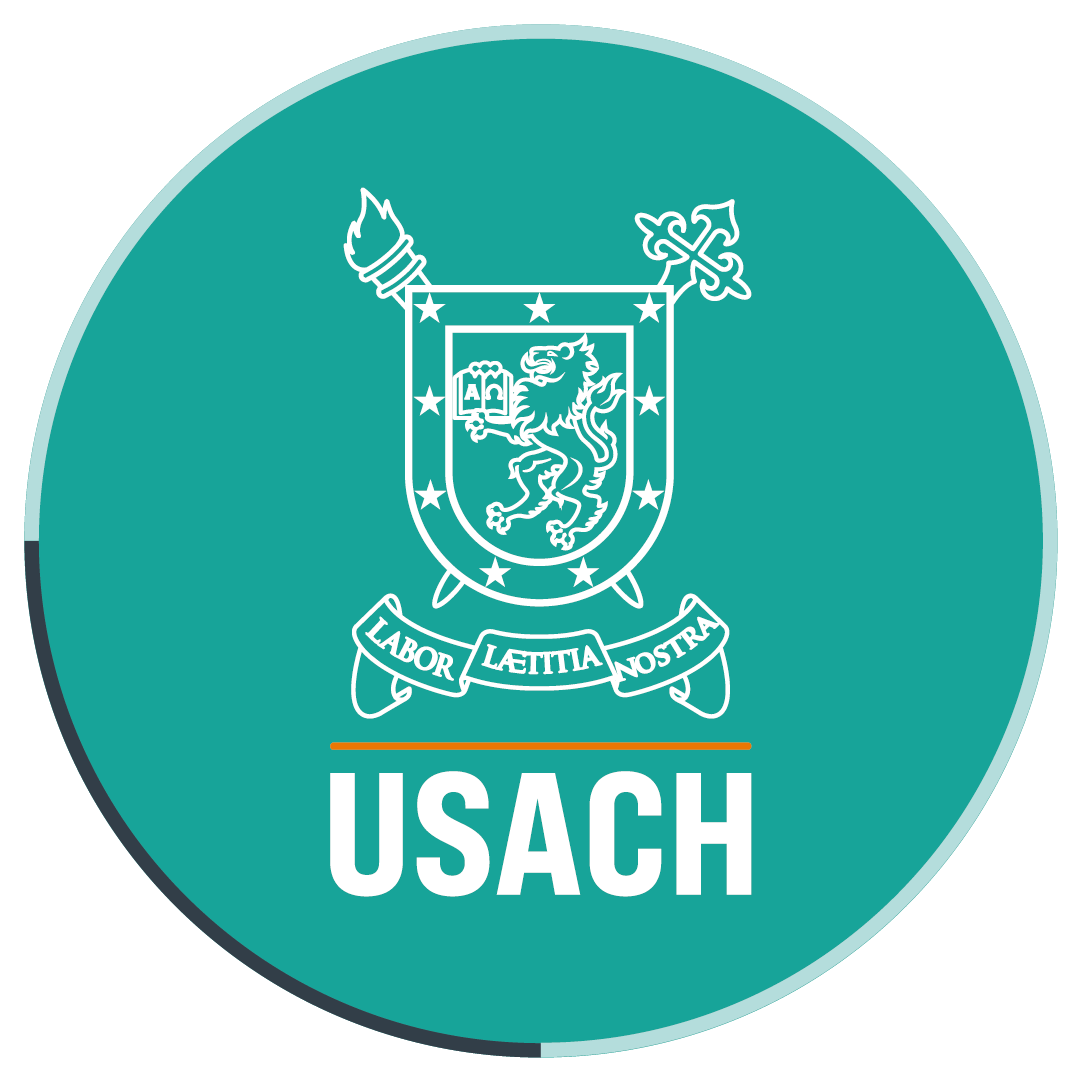Business Actors Meet to Validate UDP Technology - CEDENNA About Nanotechnology and Construction
The Office of Innovation, Development and Transfer (OIDT) convened different companies in the construction industry to early validate the patent application "Nanotechnological structural lightweight concrete". This technology was developed jointly by the Center for the Development of Nanoscience and Nanotechnology (CEDENNA) and Professor Roberto Lavín, director of the Institute of Basic Sciences of the Faculty of Engineering and Sciences and director of the Research Laboratory in University Nanotechnology.








